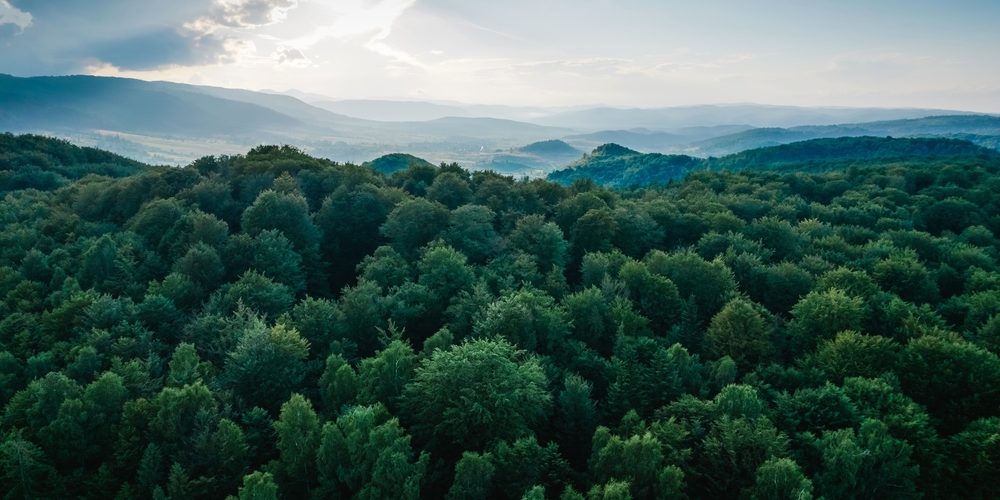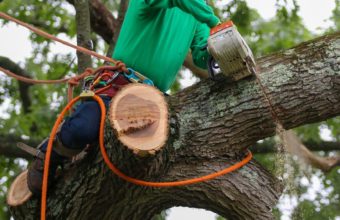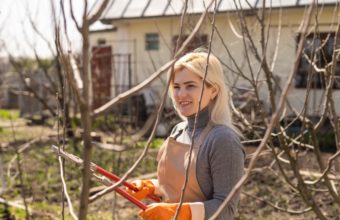A tree that has been topped typically has a distinct and easily recognizable appearance due to the severe pruning it has undergone.
Here are some common visual characteristics of a topped tree…
- Flat or Ugly “Hat” Shape – Topping results in the removal of the upper portion of the tree’s canopy, creating a flat or “hat” shape at the top. This flat profile is a telltale sign of topping.
- Stubby Branches – Topped trees have shortened branches with multiple cuts or stubs where the main branches were removed. These stubs may be visible throughout the crown of the tree.
- Dense Growth of Water Sprouts – In response to topping, the tree often produces an excessive number of fast-growing, weak branches known as “water sprouts” or “suckers.” These sprouts can create a dense, bushy appearance within the crown.
- Unnatural Growth Patterns – Topping leads to the development of branches that are not well-integrated with the tree’s natural structure. They often grow in crowded, tangled clusters.
- Rapid Regrowth – Topped trees may exhibit rapid regrowth of new shoots and branches in an attempt to recover from the severe pruning. This regrowth can further contribute to the tree’s unnatural and cluttered appearance.
- Increased Vulnerability – Topped trees are more susceptible to pest infestations, diseases, and structural weaknesses, which can further affect their overall health and safety.
- Aesthetic Deterioration – The aesthetic appeal of a topped tree is significantly compromised. It loses its natural beauty and often becomes an eyesore in the landscape.
- Risk of Limb Failure – The new growth that emerges after topping is often weakly attached and prone to breaking, posing a safety risk to people and property.
While topping may appear to address height or size concerns temporarily, it is a harmful and detrimental pruning practice that can have long-lasting negative consequences for the tree’s health and structural integrity. Trees that have been topped are more likely to suffer from decay, disease, and instability, making them hazardous in the long term.
If you encounter a tree with the characteristics mentioned above or if you are considering pruning a tree for any reason, it is advisable to consult with a certified arborist or tree care professional. These experts can provide guidance on proper tree care techniques and help preserve the health and aesthetics of your trees while addressing your specific needs.






